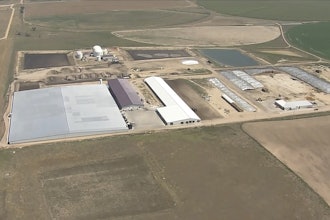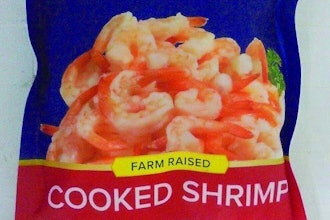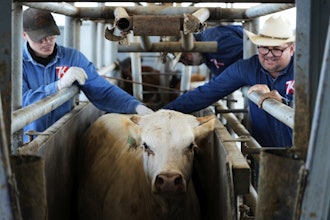
Consumers love new ingredients to incorporate into their diets, with recent years new food trends including quinoa, avocado and kale. These new food products, with mass consumer appeal, are even more important when they use ingredients that are nutritious and environmentally sustainable. However, the sudden increase from low to large volume production can be an issue when a food product emerges to mass popularity.
Scaling up production and processing food that suddenly and rapidly grows in popularity can be a daunting task. Improperly controlled mass production can cause inefficiencies to spiral out of control, or for unknown issues to come to the forefront. For example, the massive global increase in demand for avocados forced the Kenyan government to ban the export of the fruit as there was not enough to supply local needs.
The increase in demand for new ingredients or products also raises the need to implement proper applications for handling new ingredients. In the case of the crickets, most food manufacturing processes are built to deter insects and prevent them from contaminating the food. As such, if insect-based foods were to grow in popularity, new processes would have to be developed to ensure proper cleanliness and hygiene levels.
When a product is in high demand and supplies run low there is also the potential for food fraud to come into play. This is dangerous, with potentially fatal consequences for the end consumer, because the product may have been tampered with, contaminated and may not be fit for human consumption at all.
To combat these potential issues, producers that are handling new exotic products should ensure that they have measures in place so that operations managers have full control and oversight over their facility. Systems such as ABB’s Manufacturing Operation Management (MOM) can help keep track of products as they move around the production line and beyond. The MOM software can give products digital passports allowing producers to accurately tell when the product was produced and exactly what it has come into contact with during production.
MOM’s can also help speed up the implementation period of new products because operation managers will have more in-depth information regarding their system, allowing them to effectively prepare for using a new or unique ingredient.
Being able to effectively prepare production lines for the introduction of a new ingredient is immensely helpful for producers, especially with the mass adoption of  Darcy Simonis
Darcy Simonis
While insects may not have soared in mass consumption just yet, as people become more interested in what is in their food it is likely that new ingredients will come to the forefront. Preparing for these changes by increasing control will help businesses remain ahead of trends and increase their product security, one crispy cricket at a time.
Darcy Simonis is industry network leader for ABB’s food and beverage segment.























